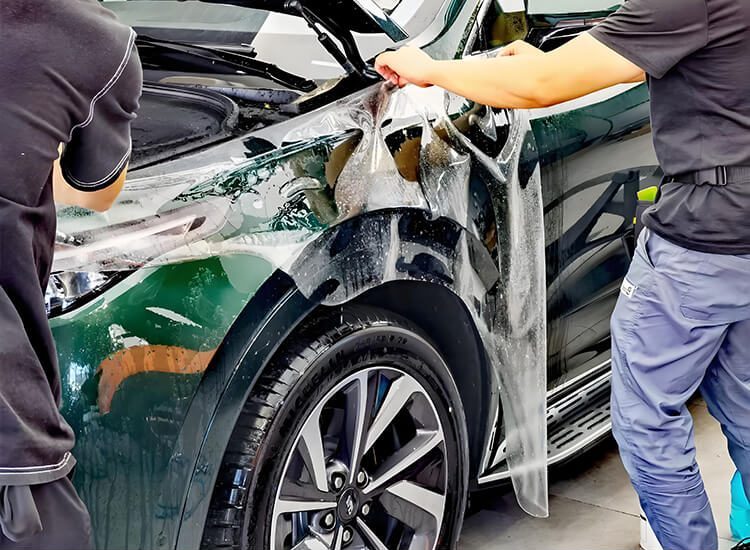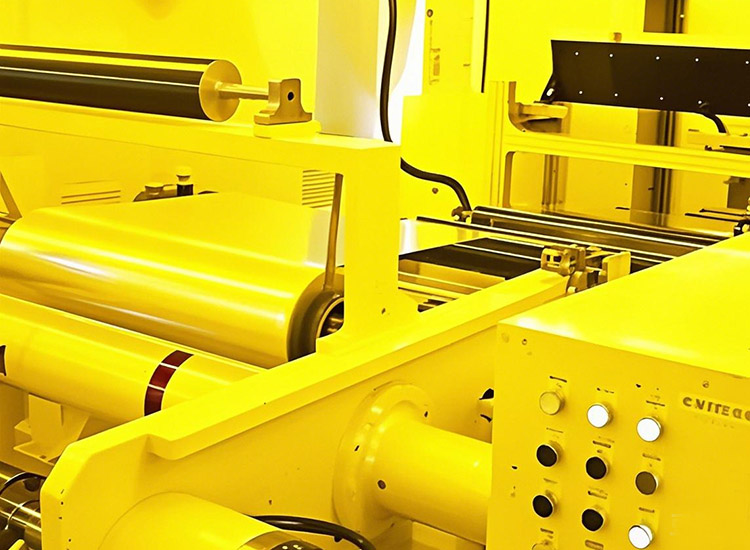How to Choose the Best Car Paint Protection Film for Your Budget
Choosing the best car paint protection film can feel overwhelming with so many brands, materials, and price ranges out there. Whether you’re driving a daily commuter, a sports car, or a luxury SUV, finding the right Paint Protection Film means balancing performance, durability, and cost. In this guide, we’ll walk you through what matters most so you can choose car paint protection film that fits your needs and budget—without overpaying or settling for less. By understanding materials, thickness, warranties, and installation options, you’ll be able to protect your paint for years to come without breaking the bank.
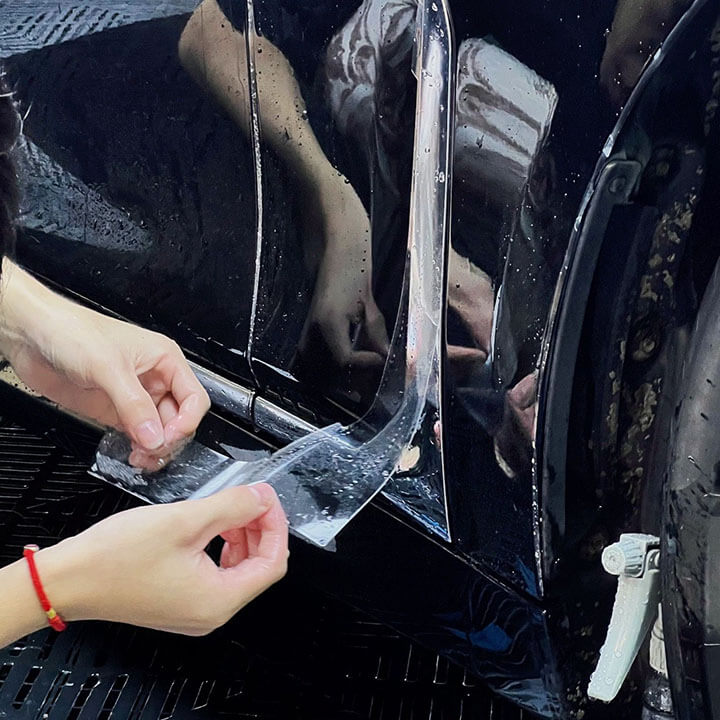
Understanding the Purpose of Paint Protection Film
At its core, Car Paint Protection Film—also known as a clear bra, clear coat protection film, or invisible car wrap—is designed to shield your vehicle’s exterior from scratches, stone chips, UV fading, and other daily hazards. It works like a transparent armor for your paint, ensuring your car stays looking new for longer. For drivers who park outdoors, take long road trips, or own vehicles with specialty finishes, PPF can be a game-changer in preserving resale value.
Why Budget Matters in Your Choice
Not all PPF is created equal, and the most expensive option isn’t always the smartest purchase. If you’re looking for a budget-friendly paint protection film, you’ll want to consider how much coverage you actually need. For example, you might opt for full-body protection if you own a high-value luxury car, but for a daily driver, partial coverage—like the hood, bumper, and mirrors—can be enough. The right strategy is finding a balance between affordable car paint protection film and long-term durability. If you’re unsure how much film is necessary for your vehicle, our PPF Usage Volume guide can help.
Factors to Consider When Choosing the Best Car Paint Protection Film for Your Budget
1. Material Quality
The highest-quality films are usually made from urethane paint film, which offers better flexibility, impact resistance, and clarity. Some premium options also feature self-healing film technology that repairs minor scratches with heat. However, if you’re seeking cost-effective paint protection film, you may opt for slightly thinner materials that still offer solid protection for everyday use. For detailed insight into different material types, check our Types of Paint Protection Film guide.
2. Thickness and Durability
Most PPF thicknesses range from 6 mil to 10 mil. Thicker films generally provide better impact resistance but may cost more. For those searching for car paint protection film for under $1000, a mid-range thickness can still provide solid protection for daily drivers without pushing your budget too high.
3. Warranty and Brand Reputation
When comparing top-rated budget-friendly paint protection film brands, don’t just look at the price—check the warranty terms. A longer warranty period can indicate better material quality and confidence from the manufacturer. If you want to explore reputable manufacturers, our Top 12 PPF Brands For Cars list is a great starting point.
4. Coverage Options
Full-vehicle wraps offer maximum protection but come with higher costs. If you’re on a tighter budget, focus on high-impact areas like the hood, fenders, bumpers, and side mirrors. Many installers also offer “front-end kits” that are perfect for affordable paint protection film for daily drivers.
5. Installation Quality
A great film won’t perform well if installed poorly. Always choose certified installers with experience in your specific car model. Cheap vs premium paint protection film comparison often comes down to installation skill as much as material quality. If you’re also comparing costs with other protective solutions, our PPF Coating Cost breakdown will give you clarity.
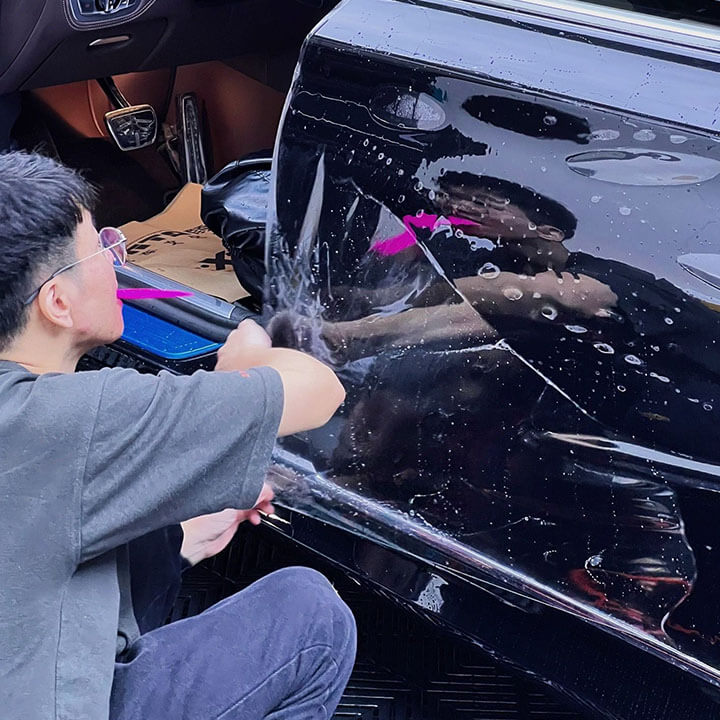
Comparing Premium vs Affordable Options
When deciding between high-end and budget PPF, the biggest differences are in clarity, self-healing ability, and warranty length. Premium films tend to look more invisible and have longer-lasting hydrophobic coatings. However, for drivers simply looking for the best value paint protection film, many mid-range brands deliver excellent performance for half the cost. The key is knowing what features you can compromise on without sacrificing too much protection.
Common Mistakes to Avoid
Many buyers focus only on price and forget about installation expertise or warranty coverage. Others purchase the wrong type of film for their driving habits—such as buying high-gloss film for a matte car, which can ruin the finish. Following a proper paint protection film buying guide for beginners can save you from costly regrets.
Maintenance Tips for Longer Life
To get the most from your PPF, wash your car regularly with pH-neutral soap, avoid abrasive cleaners, and apply a PPF-safe sealant every few months. If you chose a self-healing film, mild heat from sunlight or warm water can erase minor swirl marks. Good care habits can extend the life of even a budget-friendly paint protection film well beyond its warranty period.
Finding the best budget car paint protection film comes down to matching your needs with the right balance of price, performance, and coverage. By understanding materials, warranties, and installation quality, you can make a smart investment that keeps your car looking sharp without draining your wallet. At PreproPPF, we take pride in delivering high-quality, affordable car paint protection film as a trusted manufacturer, wholesaler, and global retailer. Explore our range today and see why so many car owners choose us for long-lasting protection.
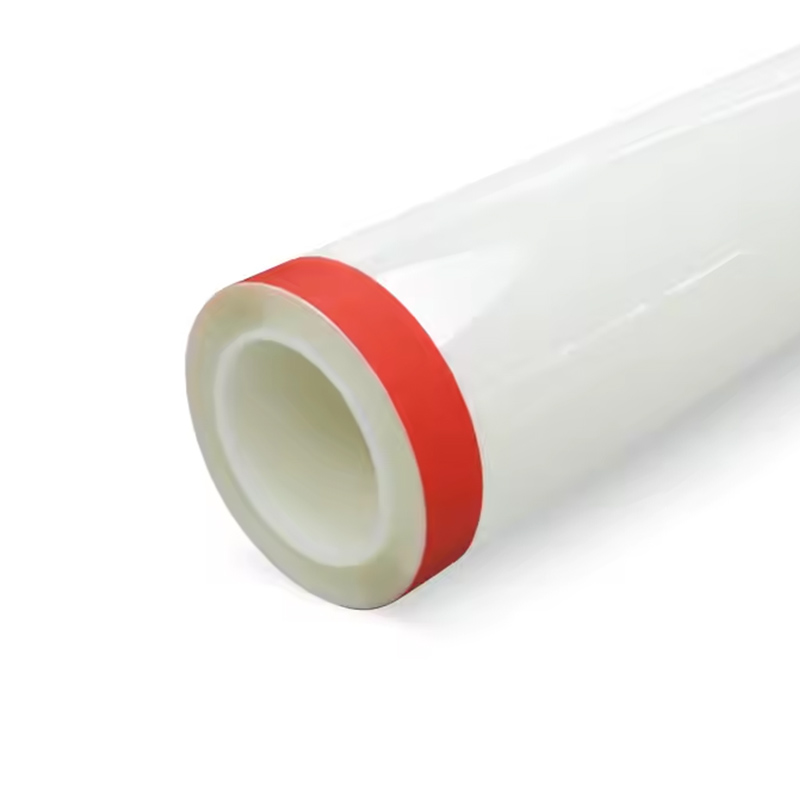
Frequently Asked Questions (FAQs)
1. How long does car paint protection film last?
Most high-quality PPF lasts between 5 and 10 years, depending on maintenance and exposure to elements.
2. Is paint protection film worth it for daily drivers?
Yes, especially if you want to protect against road debris, bird droppings, and UV fading. Even an affordable paint protection film can help maintain your car’s resale value.
3. What’s the difference between paint protection film and ceramic coating?
PPF is a physical barrier that protects against chips and scratches, while ceramic coating enhances shine and makes cleaning easier. Many car owners choose to combine both for maximum protection.
